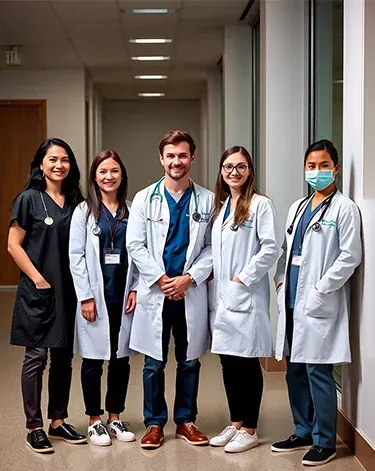
Top Medical Universities in Georgia for Indian Students in 2025
Introduction: Georgia as a Top MBBS Destination
Georgia has become one of the fastest-growing destinations for Indian students seeking an affordable, English-medium MBBS degree with international recognition. With reasonable tuition fees, modern campus facilities, and programs taught in English, several Georgian universities attract students who want a practical route to a medical degree abroad. Below is a practical guide to the top medical schools in Georgia in 2025, what makes each stand out, and tips for Indian applicants to choose the right fit.
Why Choose Georgia for MBBS
- Cost-effective tuition: Annual MBBS fees in Georgia commonly fall between USD 4,000–8,000, making total program costs significantly lower than many Western countries.
- English-medium programs: Many medical faculties offer full courses in English and often don’t require IELTS/TOEFL for entry.
- International recognition: Several Georgian universities are listed by WHO and accepted by medical regulators, which is important for Indian students planning to sit the FMGE/NExT after graduation.
Top Medical Universities in Georgia
- Tbilisi State Medical University (TSMU) — Established reputation: Founded in 1918, TSMU offers a six-year MD/MBBS-equivalent program. Tuition is commonly around USD 6,000–8,000 per year. It is known for its long history, established clinical ties, and alumni network.
- Batumi Shota Rustaveli State University — Affordable & student-friendly: Located on the Black Sea coast, Batumi offers English-medium programs at economical tuition rates. It emphasizes hands-on clinical training and has a growing international student community.
- Akaki Tsereteli State University — Strong regional choice: Also called Kutaisi State University, it offers competitive fees, recognition by international bodies, accessible admission criteria, and smaller class sizes.
- David Tvildiani Medical University — Modern, private medical school: A specialized private institution in Tbilisi focusing exclusively on medical education, clinical skills, and research. Known for contemporary facilities and smaller faculty-to-student ratios.
- European University & Georgian American University — Private-sector options: Private universities offering MBBS programs in English with modern campuses, international partnerships, flexible payment options, and active international student services.
Practical Tips for Indian Applicants
- NEET is mandatory: Indian students must qualify NEET to pursue MBBS abroad and later practice in India (FMGE/NExT pathway). Check the latest NMC rules before applying.
- Check recognition: Ensure the university is recognized by WHO/WFME and listed by the National Medical Commission (NMC) for Indian recognition, affecting eligibility to return and take licensing exams.
- Total cost planning: Factor tuition, hostel, food, insurance, travel, and living expenses. Total program costs often range from INR 20–35 lakhs depending on university and currency fluctuation.
- Clinical exposure & language: Even in English programs, clinical rotations may involve patients who speak Georgian or Russian. Consider universities offering language support or located in cities with more English-speaking hospital staff.
Conclusion: Making the Right Choice
Georgia offers a compelling combination of affordability, internationally oriented medical training, and English-medium programs — making it a sensible choice for many Indian MBBS aspirants in 2025. Balance cost, recognition, clinical exposure, and personal comfort with city/campus culture. Shortlist 3–4 universities, verify official recognition and fee structures, and consult authorized educational counsellors for application and visa guidance.

